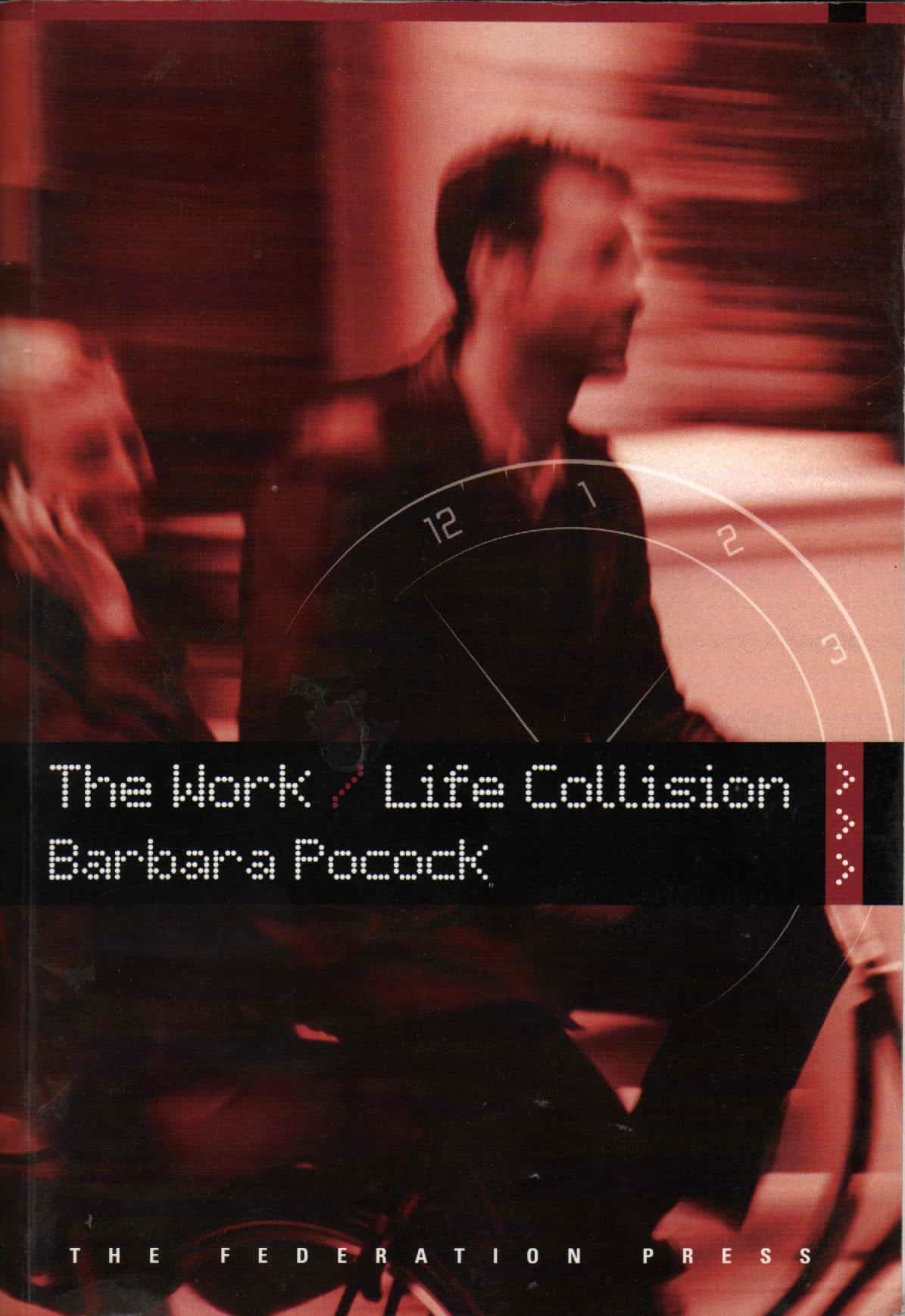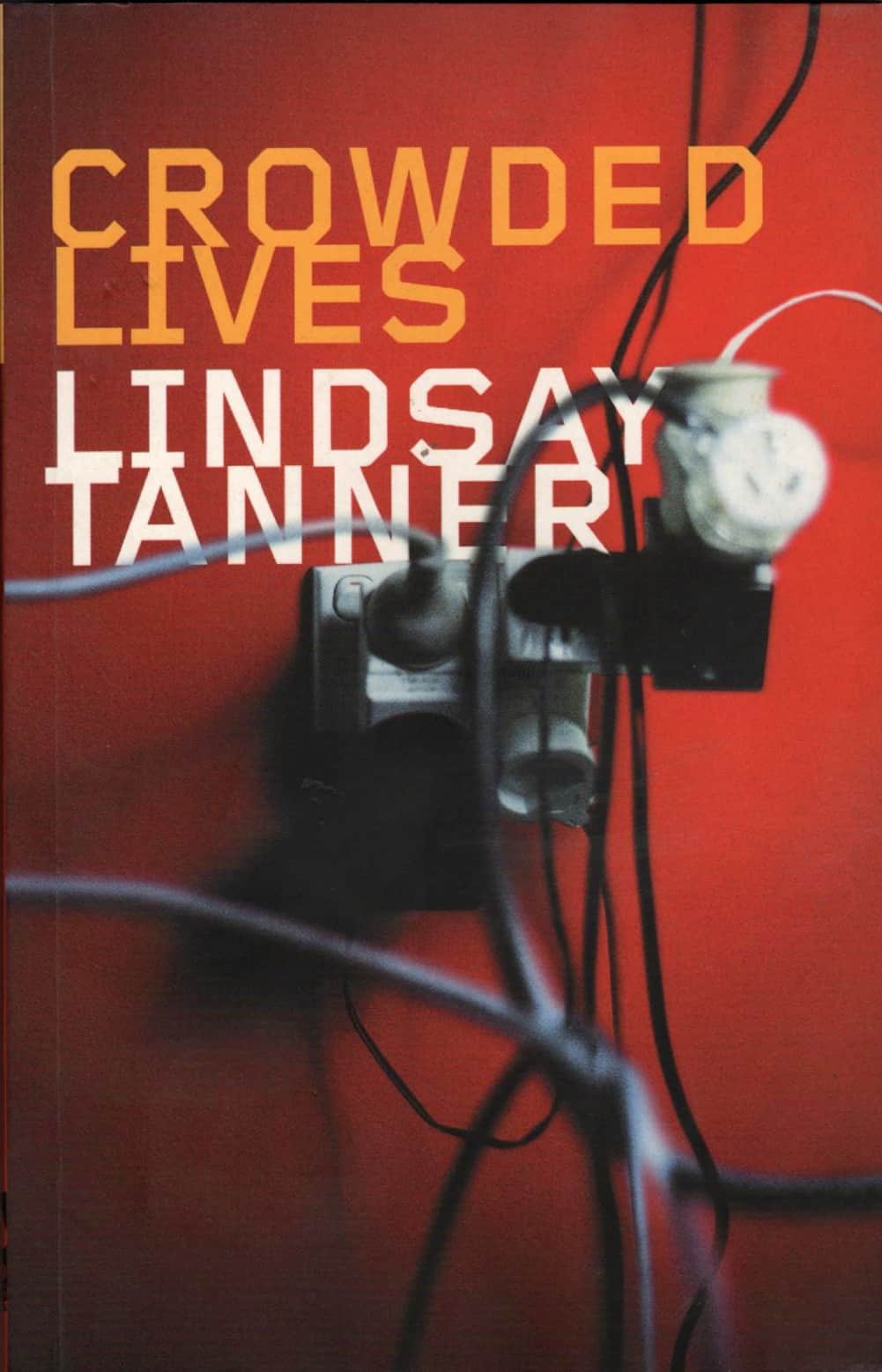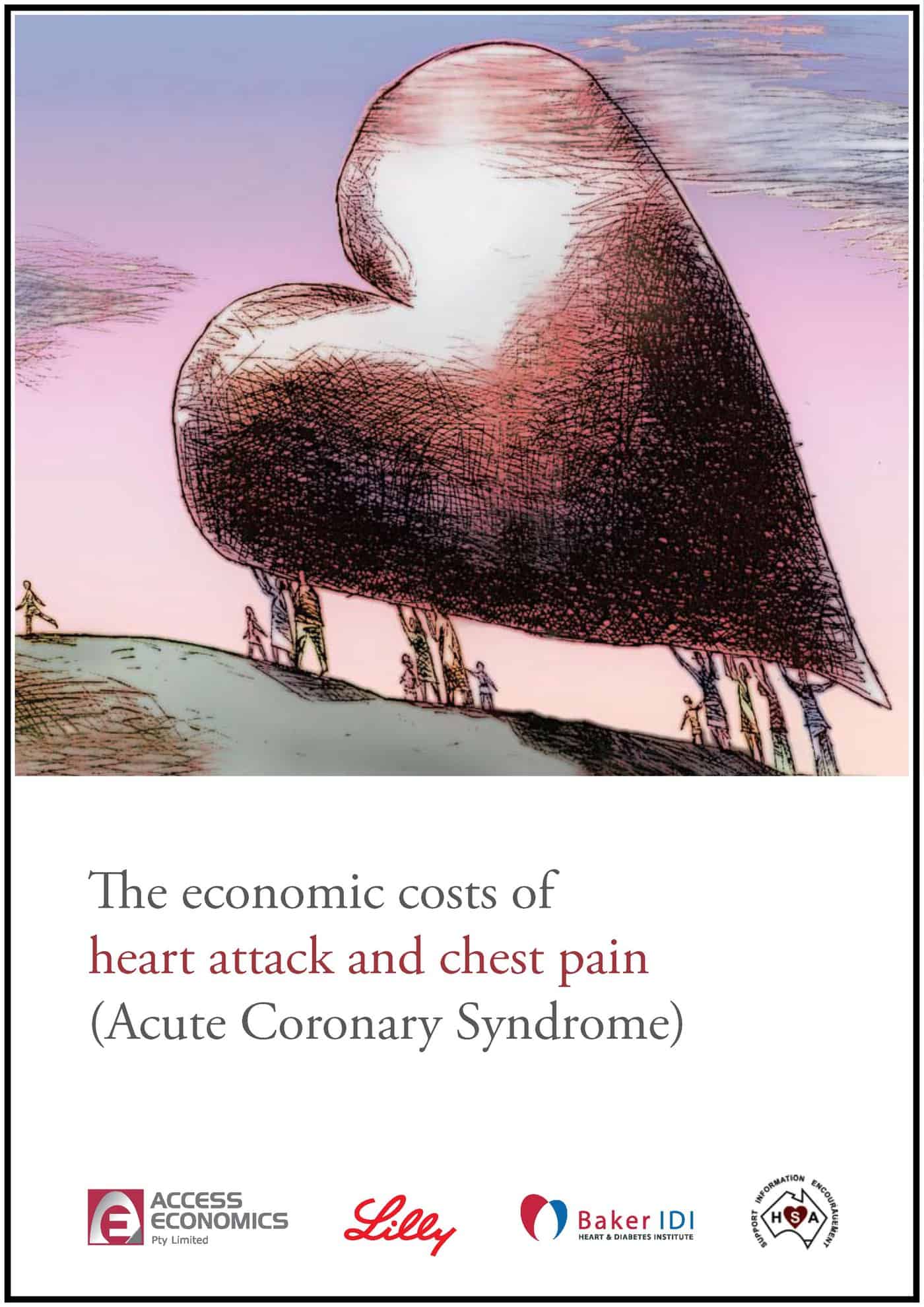Many OHS professionals do not understand the return-to-work (RTW) process. Many OHS professionals choose to avoid RTW like the swine flu. In Australia, rehabilitation and compensation come under different legislation to OHS so it is easy to delude one’s self that they are different beasts.
On September 15 2009 at the WorkCover SA Conference, it was possible to argue the same ideological isolation as above but from the RTW stance. RTW can be as isolationist as OHS. Admittedly, the conference was about workers’ rehabilitation and injury management but it was surprising how many speakers talked about integrated management without mentioning OHS.
Is this demarcation widening? Was it formalised by the different Acts of Parliament? By different training backgrounds and criteria? By the different work-related government departments (they often inhabit the same office, share the same board members, but report to government separately?!)? Is the demarcation between the human resource specialists and the safety engineers?
In most workplaces such a demarcation would be unmanageable. Most workplaces, certainly the smaller ones, have the official RTW Coordinator role as part of the duties of an existing staff member, whoever is already juggling the personnel duties and often payroll as well. It is often a luxury to have a full-time RTW Coordinator.
It is noted that the Australian conferences of the OHS professionals rarely include RTW, and vice versa. Isn’t is just possible that some bright spark may offer a safety management conference that unites the complementary disciplines, professionals and government departments so that business managers can receive a combination of information that matches the reality?
Kevin Jones attended the conference with the support of www.rtwmatters.org an (increasing prominent) online RTW website, and WorkCoverSA.

 Work/life balance in Australia is skewed towards those workers who have young families or a role as a carer. This is due to work/life balance evolving from the feminist and social concepts of the 1970s and in response to the increased number of
Work/life balance in Australia is skewed towards those workers who have young families or a role as a carer. This is due to work/life balance evolving from the feminist and social concepts of the 1970s and in response to the increased number of 



